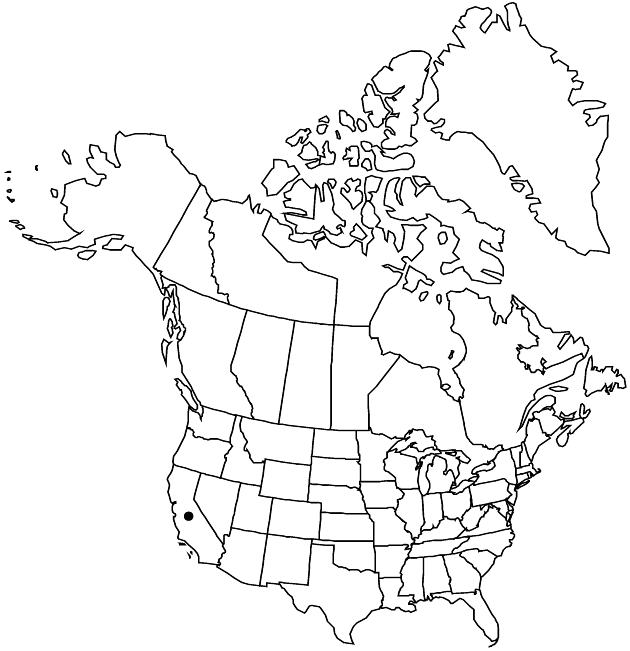Deinandra pentactis
Novon 9: 469. 1999.
Annuals, 4–75 cm. Stems ± solid. Leaves: proximal blades pinnatifid to toothed, faces hispid-hirsute and sometimes sessile- or short-stipitate-glandular, rarely glabrous. Heads in open, paniculiform arrays. Bracts subtending heads usually overlapping proximal 0–1/2 of each involucre. Phyllaries ± evenly sessile- or stipitate-glandular, including margins and apices, and usually with pustule-based hairs, at least on midribs. Paleae in 1 series. Ray florets 5; laminae deep yellow, 3–5 mm. Disc florets 6, all or mostly functionally staminate; anthers reddish to dark purple. Pappi of (5–)6–8(–11), linear or oblong, fimbriate to laciniate scales 0.8–1 mm. 2n = 22.
Phenology: Flowering Apr–Oct.
Habitat: Grasslands, open woodlands, disturbed sites, sandy, loamy, or clayey soils
Elevation: (0–)200–900 m
Discussion
Deinandra pentactis occurs in interior valleys and hills of the central South Coast Ranges and in the San Francisco Bay area (near Palo Alto), where presumably introduced. The closely related, morphologically similar, and slightly interfertile D. lobbii replaces D. pentactis in the northern South Coast Ranges.
Selected References
None.
